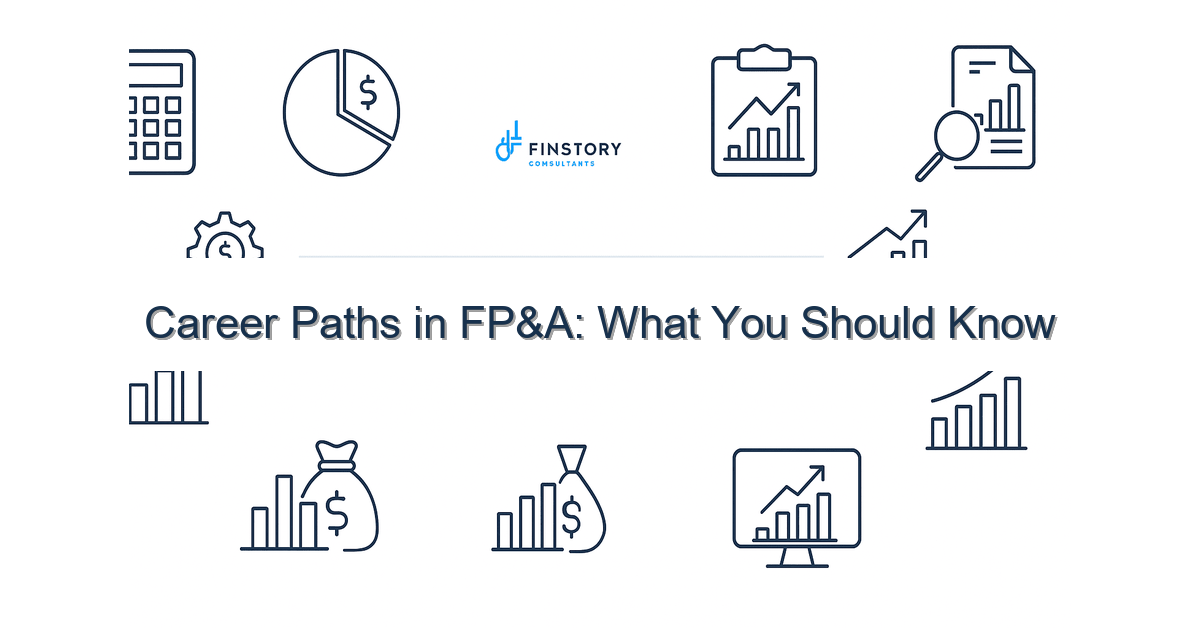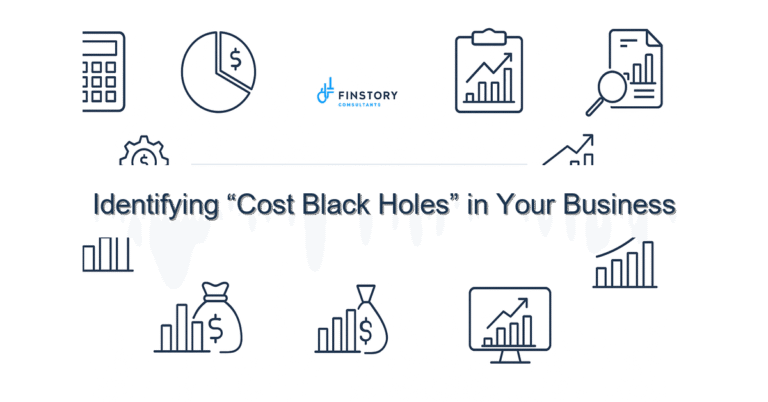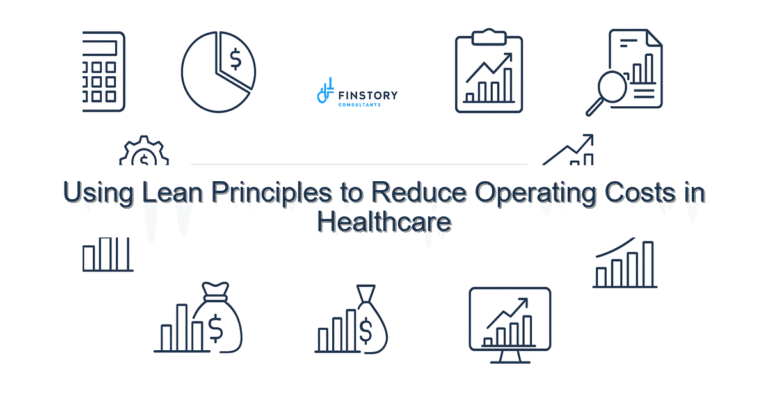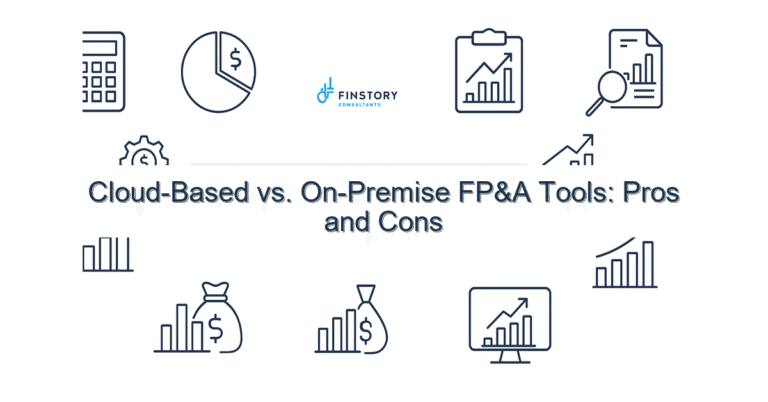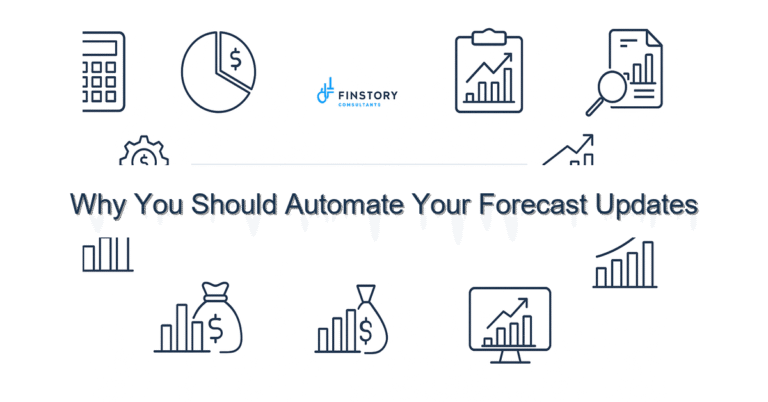Career Paths in FP&A: What You Should Know
You’re juggling budgets, quality metrics, and a slate of leaders asking for one more custom report. You know the finance team needs to evolve, but which FP&A roles matter most for healthcare operations—and how do you get there without burning out the people who already keep the lights on?
If this is your world, you’re not alone—here’s how leaders are fixing it.
Summary: Build a practical FP&A career path that aligns roles with decisions. You’ll get a clear hiring and upskilling plan so your team moves from reactive reporting to decision support, cutting close time and improving forecasting accuracy within months.
What’s the real problem? — FP&A career paths in healthcare
Many healthcare organizations treat FP&A as a single job: number-crunching and monthly packs. That model breaks down as the organization grows, margins tighten, and executive teams demand forward-looking insight tied to operations.
- Symptom: Reports arrive on time but don’t answer managers’ “what should we do?” questions.
- Symptom: The month-end close takes too long and consumes leaders’ capacity for strategic work.
- Symptom: Hiring feels unfocused—generalists who can’t build the dashboards or analysts who don’t understand clinical drivers.
- Symptom: Forecasts swing wildly after small operational changes because the FP&A team isn’t connected to operational KPIs.
What leaders get wrong
Leaders often assume a single “FP&A” hire will fix all problems. They underinvest in role clarity, career ladders, and the tools that let analysts scale. Other common missteps:
- Hiring for accounting skills instead of analytical insight tied to operations.
- Expecting senior leaders to mentor juniors while also delivering strategic projects—without protected time.
- Skipping standardized templates and dashboards, which forces repeated custom work.
Cost of waiting: each quarter of delay usually means another month of manual closes and less reliable budgets—translating to deferred savings and slower strategic decisions.
A better approach
Design FP&A career paths around the decisions your organization needs—operational planning, pricing, capital allocation, and strategy. Here’s a simple, outcome-focused framework you can start using this week.
- Define decision owners and timelines. Map which leader needs what insight and how often (daily, weekly, monthly).
- Segment FP&A roles by function: Data & Automation, Operational FP&A, Business Partnering, and Strategic Planning.
- Match skills to roles and create 6–12 month development plans (technical + domain knowledge).
- Standardize reporting and automate repeatable tasks to free analysts for insight generation.
- Measure and iterate: track cycle time, forecast error, and stakeholder satisfaction.
Real-world proof: a regional hospital system we worked with restructured FP&A roles and adopted automated reporting—reducing monthly close time by 38% and improving forecast accuracy by 22% in six months.
Want a 15-minute walkthrough of this approach? We’ll sketch a role map for your organization and point out the low-effort wins.
Quick implementation checklist
- List the top 6 decisions leaders make that require finance input.
- Map current FP&A team tasks to those decisions—identify overlaps and gaps.
- Create role descriptions for: Data & Automation Analyst, Operational FP&A Analyst, FP&A Business Partner, and FP&A Manager.
- Automate one repetitive report (e.g., daily bed utilization) using Power BI or your BI tool.
- Introduce a weekly 30-minute stakeholder sync to turn reports into decisions.
- Set three KPIs for FP&A (close cycle days, forecast MAPE, stakeholder satisfaction score).
- Run a one-day skills assessment and training plan for Excel, SQL, or Power BI gaps.
- Document one standard dashboard and one modeling template for reuse.
- Schedule 1:1 career conversations with each FP&A team member this month.
- Plan a pilot project: pair an FP&A Business Partner with a clinical service line for a 90-day cost/volume review.
What success looks like
- Monthly close time down by 30–50% (days saved become strategic time).
- Forecast accuracy improvement (MAPE) of 10–25% within two quarters.
- At least one automated dashboard adopted by operations (daily or weekly cadence).
- Reduced time spent producing ad-hoc reports by 40%.
- Clear career progression: 12-month upskill plan for each FP&A role with measurable checkpoints.
- ROI: Typical clients recover implementation costs within 3–6 months through reduced overtime and better budgeting.
Risks & how to manage them
- Risk: Resistance to role changes. Mitigation: Communicate benefits and pair role changes with training and protected project time.
- Risk: Over-automation without validation. Mitigation: Pilot automated reports with one service line before scaling.
- Risk: Skills gaps for analytics tools. Mitigation: Invest in short, targeted training and hire a hybrid Data & Automation Analyst to bootstrap the work.
Tools & data
Practical FP&A uses finance automation, Power BI (or your BI), and clear leadership reporting. The right tools let you reduce manual reconciliations and create timely, decision-ready views for operations.
Mini-case: A community hospital cut monthly close by 38% after consolidating reports and automating reconciliations. “We finally had time to focus on margin improvement,” said the CFO.
For more on dashboards and automation, see our guide on building finance dashboards and our FP&A services overview.
FAQs
Q: How is FP&A different from accounting?
A: Accounting records past transactions and ensures compliance. FP&A turns those numbers into scenarios and recommendations for future decisions.
Q: Do I need to hire specialists or train existing staff?
A: Both. Start by upskilling one or two existing analysts while hiring a Data & Automation specialist to remove repetitive tasks.
Q: How long before we see results?
A: Quick wins (automation, one standard dashboard) can deliver value in 30–60 days. Structural changes to roles and forecasting typically show measurable impact in 3–6 months.
Q: What tools should we prioritize?
A: Prioritize finance automation for reconciliations, a robust BI like Power BI for dashboards, and a cloud-based model repository for version control.
Next steps
If you want to map FP&A career paths that actually support your operational goals, book a quick consult with us. We’ll review your current workflow, sketch role changes, and show where automation yields the fastest returns.
Want a short demo of a standard FP&A dashboard or a checklist you can use this week? Request a demo or download our FP&A checklist. Start seeing value in 30 days.
Work with Finstory. If you want this done right—tailored to your operations—we’ll map the process, stand up the dashboards, and train your team. Let’s talk about your goals.
Internal links: How to build finance dashboards, FP&A services, Community hospital case study.
📞 Ready to take the next step?
Book a 20-min call with our experts and see how we can help your team move faster.
Prefer email or phone? Write to info@finstory.net
or call +91 44-45811170.
